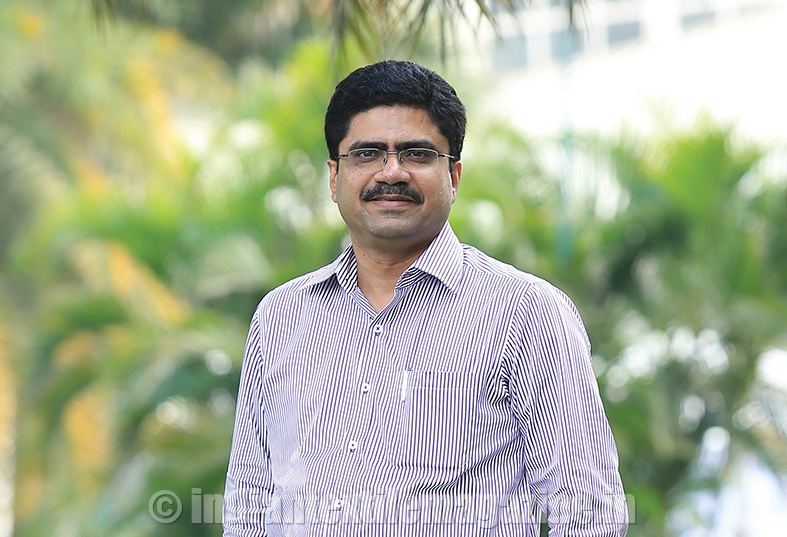The predominantly cotton based textile industry has been facing severe challenges in the processing sector mainly due to the treatment and disposal of textile effluents in a cost effective manner without compromising the environmental standards and remain globally competitive. During the last decade, several hundreds of dyeing units were closed across the nation due to surface discharge of effluents without proper treatment. Later, an unviable zero liquid discharge technology was committed by one of the dyeing clusters, which is commercially unviable. Against this background, the Government of India proposed implementing marine discharge technology which is practiced all over the world and announced 40 per cent grant under the Scheme for Integrated Textile Parks (SITP) and 50 per cent grant under Integrated Processing Development Scheme (IPDS) to install and operate eco-friendly and cost effective technology.

The state governments also give nine per cent grant for SITP and 25 per cent grant for IPDS if the projects meet the specified norms of Ministry of Environment and Forest, Maritime Board, State Pollution Control Board, Central Pollution Control Board, etc. Several parks have been promoted across the nation taking advantage of the schemes. The survival of the textile industry which employ directly and indirectly over 10.5 crore people predominantly women and rural areas depend upon the growth of the textile processing sector. China has a global share of 38 per cent in textiles while India has only five per cent of the share though it has all resources and raw material mainly due to the technological constraints in the processing sector. The Southern India Mills’ Association (SIMA) has spearheaded many Central Government schemes and also took the responsibility of promoting a model park with latest technology at Cuddalore in Tamil Nadu. SIMA would ink MoU during the Global Investors Meet and 10 leading textile group companies in the state are going to establish its processing units in the park.
Mr.T.Rajkumar, Chairman, SIMA has stated recently that the said park and the technology of treatment and disposal of effluents has been approved by the Tamil Nadu Pollution Control Board, Maritime Board, Central Pollution Control Board, Ministry of Environment and Forest. Technology support and guidance is given by Anna University and various other competent institutions and agencies. The chairman has stated that the proposed park would generate direct employment to 5000 people and indirect jobs to 25,000 people within two years. He has added that several meetings were organized by the District Collector, Cuddalore and all the village people. The general public have been clearly educated about the project and its technology to remove their fear.
In the meanwhile, the arguments raised against the park by few people against the project is baseless said, Mr. Rajkumar, as the project is closely monitored by SIMA, TNPCB, Maritime Board and Ministry of Environment and Forest. He has added that such projects are already in operation in Andhra Pradesh, Gujarat, Maharashtra and in almost all the developed countries across the world. Mr. Rajkumar has stated that the processing units predominantly use common salt for dyeing cotton fabrics which is harmless when discharged into sea, but would affect if the same is left on the surface. He has added that the textile processing does not involve any toxic chemicals which are hazardous to the marine life and fool proof technology with on-line monitoring system would be implemented and monitored by a competent third party agency under the supervision of Pollution Control Board. He has stressed that the park is being developed by the Central Government and the State Government and closely monitored by the Project Appraisal Committee of Central Government and the State Government is facilitating the project implementation apart from giving necessary grant. He has also stated that the treated effluent to the marine standards would be discharged under the sea beyond 600 mtrs and after the implementation of the project, the samples will be tested frequently and monitored by the government authorities.
SIMA chief has stated that regarding the ground water, it would be taken below 1000 feet and the decision has been taken only after conducting a study by SIPCOT by engaging Geological Department. Therefore, the fear of depleting ground water does not arise. He has further stated that more than 95 per cent of the local public are in favour of the project while only very few people predominantly from outside the village of the project and having vested interest are making hue and cry against the project.